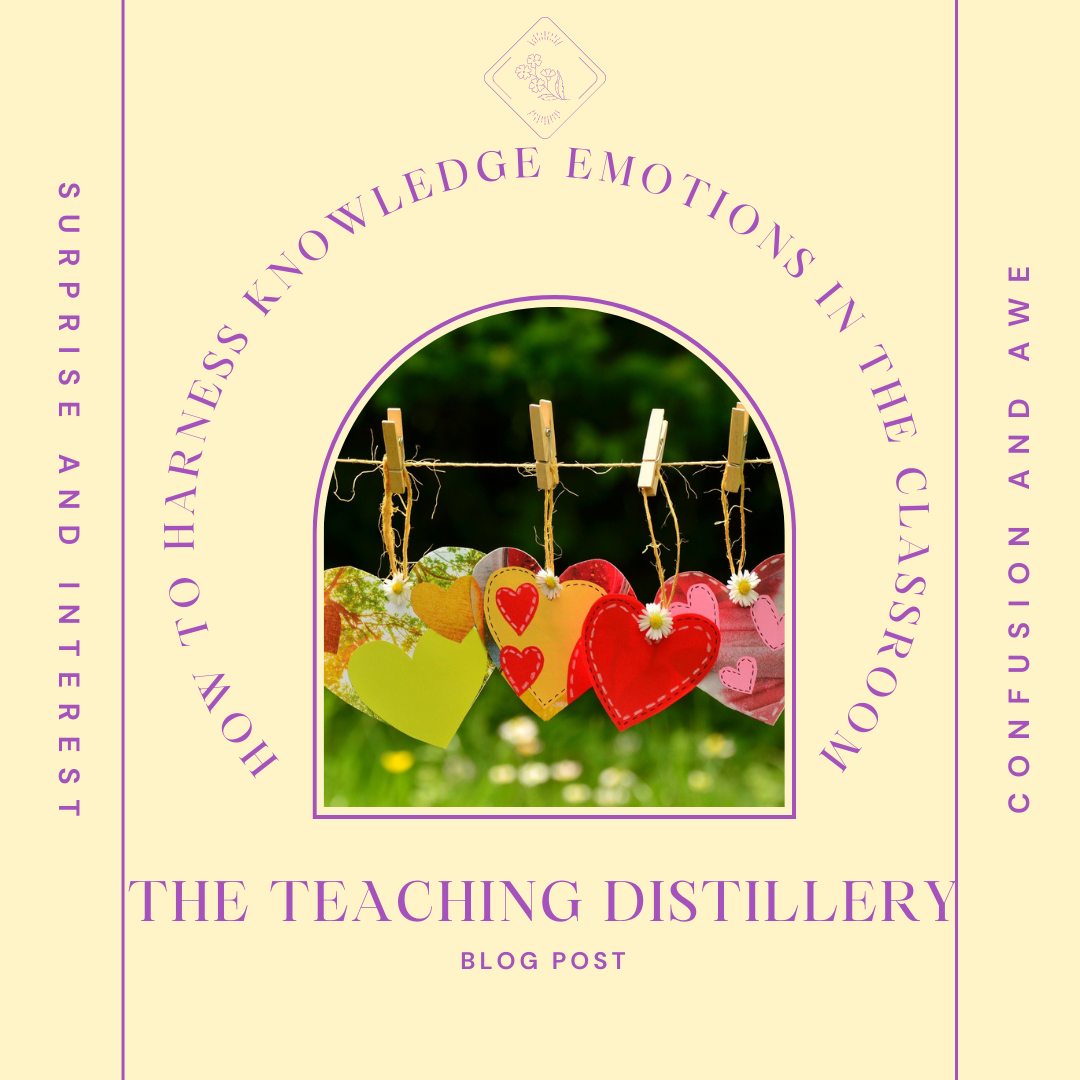One book that we highly recommend to help guide the implementation of culturally responsive teaching practices into your classroom is Cultivating Genius: An Equity Framework for Culturally and Historically Responsive Literacy by Dr. Gholdy Muhammad. In the book, Dr. Muhammad provides a four part Historically Responsive Literacy Framework that “is essential for all students, especially youth of color, who traditionally have been marginalized in learning standards, school policies, and classroom practices.”
Read MorePhysical touch is a huge part of learning and creating a classroom community. I’m talking high-fives and pats on the back. Students giving each other hugs or, if they’re younger, their teachers a hug. Sharing supplies with each other, lending a helping hand, sitting knee to knee during circle time. How can students and teachers build a class community when humans rely so much on touch, yet right now, that physical touch is not allowed?
Read MoreI’m going to go on record and just say it. Hybrid teaching sucks. Like sucks the living life out you. It is an energy vampire. I would like to see anyone try to be engaging to both in-person students and students on-line at the same time. It is like being pulled in two different directions all day. At some point you just feel like no one is getting the best of you. Not the in-person kids, and not the kids on-line. And… permission to speak freely here? That’s ok! You’re doing the best you can. You are doing the impossible. I could go on and on about how amazing you are, but instead what I am going to provide are some easy strategies to make concurrent teaching just a little less sucky.
Read MoreWe humans are emotional creatures at heart and our emotions can run the gamut and change with the wind. Knowing how to harness the wind and knowledge emotions can be very helpful for producing energy and learning respectively. The four knowledge emotions are surprise, interest, confusion, and awe. These emotions help students open their minds to learning.
Read MoreThere is a common misconception that learning disabilities only start to appear and can be tested starting in 3rd grade at the earliest. Here is the problem with that: students with learning disabilities have differences in the structure and function of their brains. This doesn’t happen in 3rd grade. The sooner students can get help for their learning disability, the sooner the issues can be corrected allowing for students to need less specialized instruction in the upper grades. When is it time to ask for help?
Read MoreBelow is a list of some of my favorite picture books for elementary school age students as well as books that I own in my own personal library. We read for thirty minutes every night before bed as part of our bedtime routine and some of these books get read multiple times a week as they are family favorites.
Read MoreI just finished reading Teaching for Deeper Learning by Jay McTighe and Harvey F. Silver. It is a teaching book on how to teach so that students thrive and learn at a deep level. Let me tell you, the title lives up to the name. Here are some of my takeaways:
Now that everything we do with distance learning is online, most of the learning and turning in of work is done digitally. There is, however, a significant body of research to show that when texts become more complex, the brain learns and retains information better when it is on paper. So, note to self, when we go back to in person teaching post COVID, remember to bring back the paper.
Read MoreWe absolutely L-O-V-E using short stories throughout the year to help guide our instruction and to keep our students engaged in their learning. Short stories have also come in handy this year with remote learning. It is pretty much impossible to teach remotely the Core novels that we love to teach. For that reason, we have relied on using even more short stories to enliven our instruction.
Read MoreStudies show that students do better on assignments that they have voice and choice in creating. We hope that by giving students several options to show their understanding of the book that they are reading (independently, in book clubs, or a whole class novel) that they will shine like the diamonds they are.
Trauma is not one problem or experience. Rather, trauma is a connection of challenges and symptoms spanning a duration of time and an array of experiences. When humans experience stress or trauma, it sends stress hormones throughout our body. If this happens sporadically, that is fine, but when it becomes a daily stress, that is when it becomes a problem for anyone. In the case of students, trauma will interfere with behavior and learning.
Read MoreThe Common Core State Standards may hold the argument essay in high regard. However, it is the expository essay that many students will be required to write for most of their young adult and adult lives. The ability to inform and explain through writing is just not a skill one needs to make it through school. Most jobs have one thing in common: to be a competent employee, one needs the ability to inform and to explain through writing.
Read More










